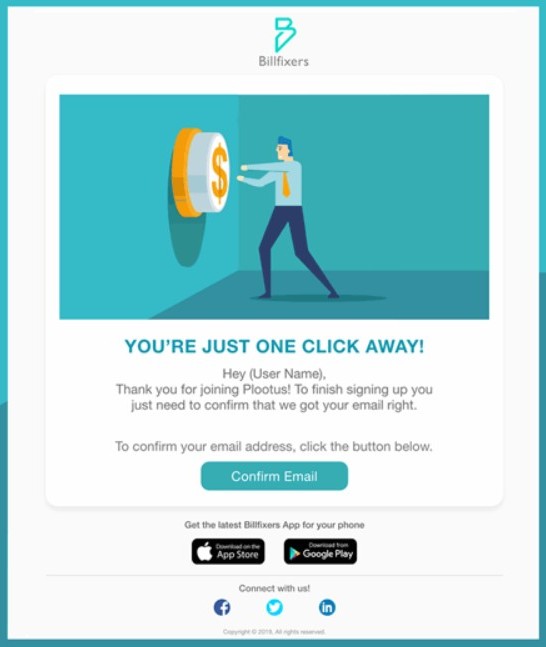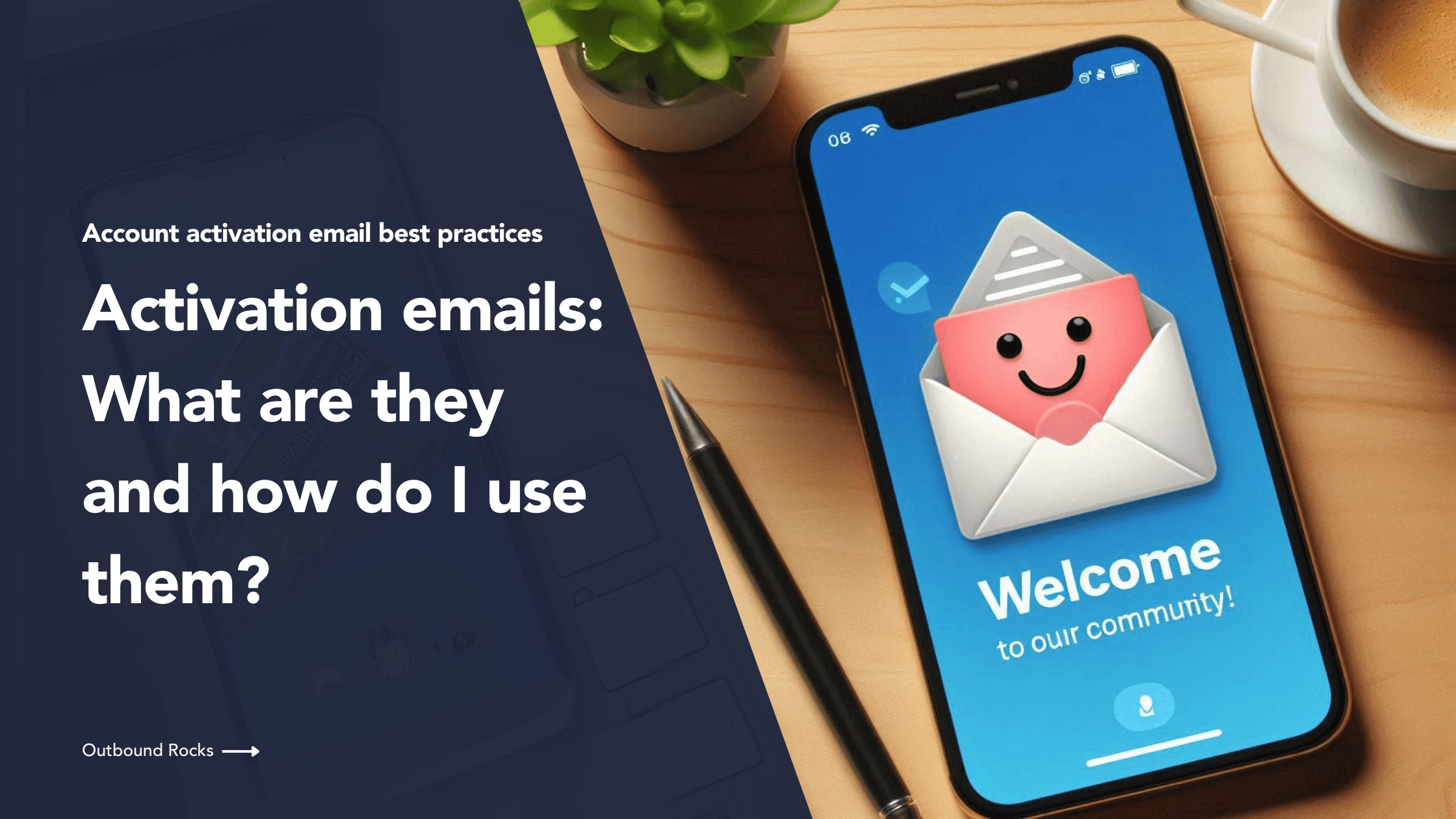Activation emails are an essential tool for any experienced email marketer.
Not only do they verify new users, but they also provide an opportunity to engage and build a strong initial connection with your audience.
In this article, we look at the nature of activation emails, effective usage techniques and best practices to follow.
Whether you’re refining your existing strategy or starting from scratch, read on to unlock the full potential of your activation emails.
TABLE OF CONTENTS
– What are activation emails?
– How to use activation emails
– Account activation email best practices
– Conclusions
What are activation emails?
An activation email in an email marketing campaign is a message sent to new subscribers or users to verify their email address and confirm their registration or sign-up.
Its primary purpose is to ensure that the email address provided is valid and that the user has willingly opted in to receive your communications.
In addition, activation emails often serve as the first point of engagement, introducing the user to your brand, setting expectations and encouraging initial interaction, such as completing their profile, making a first purchase or accessing certain features.
This initial engagement is critical to building a long-term relationship and increasing the likelihood of future interactions and conversions.

How to use activation emails
Activation emails are a powerful tool in email marketing, designed to engage new users immediately after they sign up.
By effectively using activation emails, you can ensure that your subscribers not only verify their email addresses but also take their first steps towards becoming loyal customers.
Here’s how to maximize the impact of your activation emails:
1. Immediate follow-up
Send the activation email immediately after a user signs up or registers. This not only confirms their action, but also keeps them interested and engaged.
Include a clear and simple verification link or code that users must click or enter to confirm their email address.
2. Welcome and introduction
Start with a friendly greeting that acknowledges their registration. This sets a positive tone and makes the user feel valued.
Briefly introduce your brand, explain who you are and what users can expect from your communications.
3. Set expectations
Outline what users need to do next. This could include completing their profile, setting preferences or exploring key features of your service or product.
Provide a preview of the type of content they will receive, such as newsletters, special offers or important updates.
4. Personalisation
Use the user’s name and tailor the content based on the information they provided when they signed up. Personalised emails can significantly increase engagement.
Highlight features or content that are particularly relevant to their interests or needs.
5. Track and optimise
Track key metrics such as open rates, click-through rates and conversion rates to understand how well your activation emails are performing.
Experiment with different subject lines, email copy and CTAs to see what resonates best with your audience, and continue to improve.

Account activation email best practices
You’ve gained a new customer—congratulations!
But don’t celebrate just yet.
New customers need attention to stay engaged long-term.
Activation emails are vital at this stage, bridging the gap between sign-up and ongoing engagement. They’re not just for verification; they’re your first chance to connect, set the tone, and foster a deeper relationship with your brand.
Here are 5 best practices for boosting engagement through activation emails:
1. Create a clear and compelling subject line
The subject line should clearly communicate the purpose of the email and entice the recipient to open it.
Avoid generic phrases and focus on a direct and engaging message that highlights the importance of the email, such as “Complete Your Registration” or “Activate Your New Account”.
2. Personalise the email
Use the recipient’s name and tailor the content to their interests or actions. Personalisation makes the email feel more relevant and engaging. For example, addressing the user by their first name and referencing their recent sign-up can increase the likelihood of them taking action.
3. Include a clear and simple call to action (CTA)
Make sure the CTA button or link is highly visible and clearly directs the user to complete the activation process. Use actionable language such as “Activate Your Account” or “Confirm Your Email” and make sure the CTA stands out visually within the email.
4. Provide clear instructions and support
Make the activation process easy by including clear instructions on how to activate their account. If applicable, offer additional support or resources, such as a link to a help centre or contact information, to assist users who may encounter issues.
5. Optimise for mobile devices
Make sure the email is designed to be mobile-friendly, with a responsive layout that looks good on different screen sizes. With many people checking their email on mobile devices, it’s important that the email is easy to read and interact with on smartphones and tablets.
Conclusions
An essential tool for any experienced email marketer, activation emails are a critical first step in building a relationship with new subscribers.
To realise the full potential of activation emails, the use of tools such as Outbound Rocks can be extremely beneficial. This tool helps streamline the creation of sequences and activation templates, allowing you to efficiently automate and optimise your email campaigns.
Ready to take your outbound campaigns to the next level? Try our free demo today and discover how Outbound Rocks can help you optimize your sales funnel and connect with your ideal prospects.
